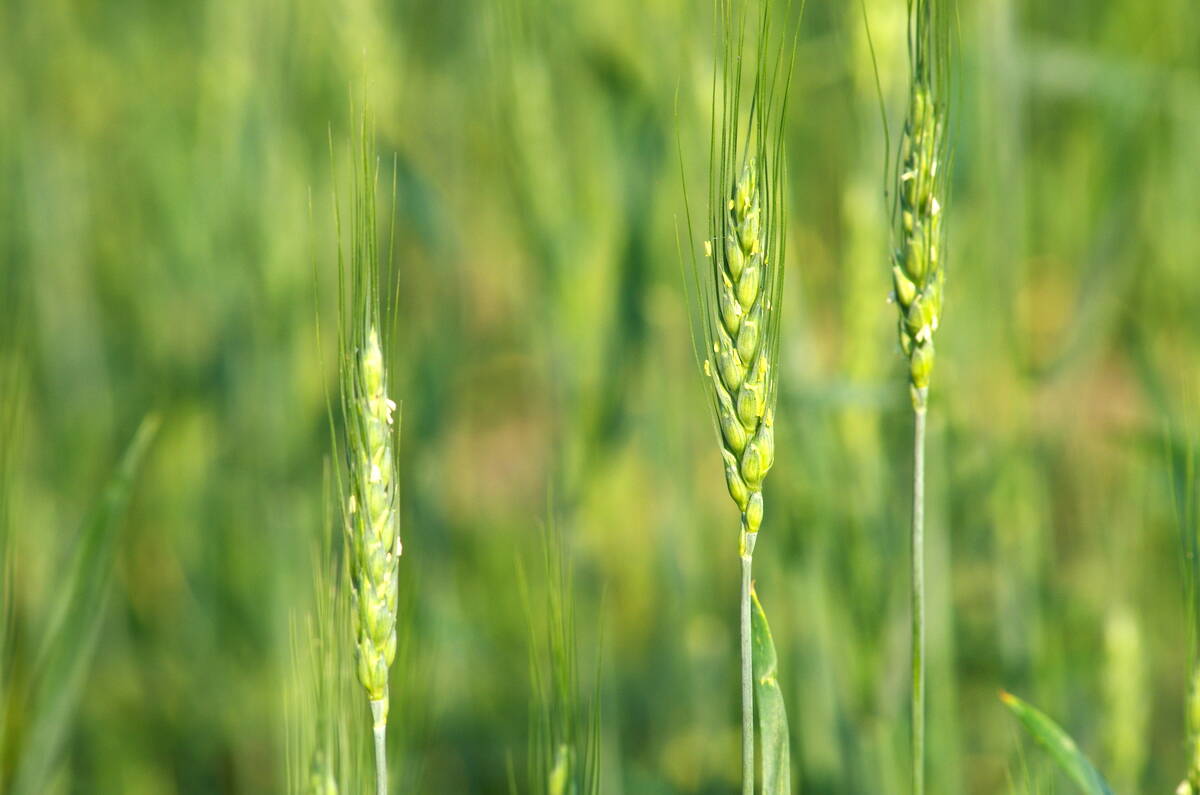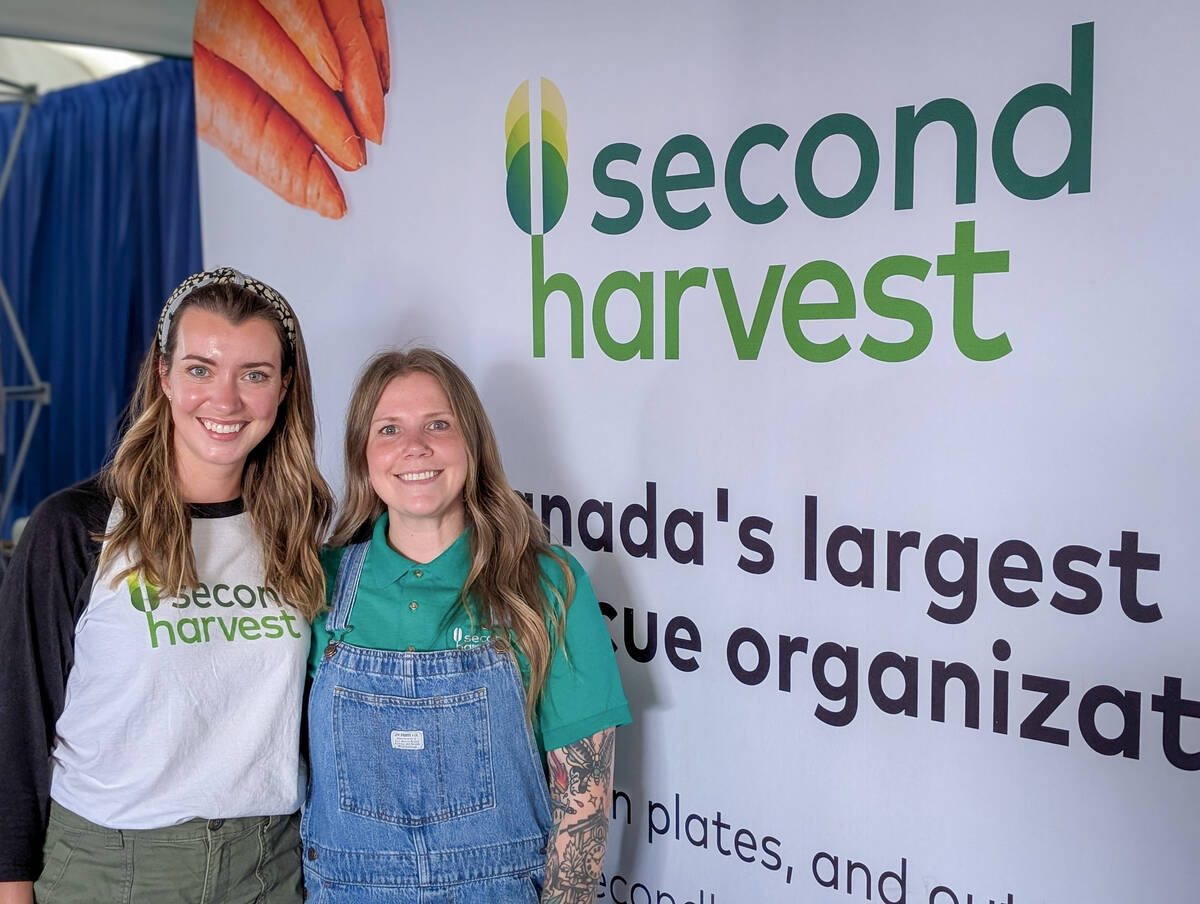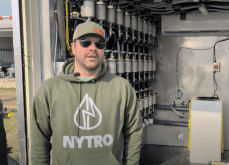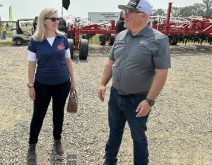Glacier FarmMedia — What do you do with an extra 1.5 million pounds of potatoes? If you’re Second Harvest, you pick them up from the farm, parcel them out and ship them to non-profits across Canada to provide groceries for families in need.
The potato farmers are “happy to know that their hard work is not just being put into the ground. It’s feeding hungry people,” said Emily Owen, Second Harvest’s senior foodraising manager for the Prairies.
Second Harvest, billed as Canada’s largest food rescuer, was on hand at the outdoor farm show Ag in Motion near Langham, Saskatchewan, from July 15 to 17 to connect with farmers and raise awareness of their presence on the Prairies.
Read Also

California researchers create nitrogen-fixing wheat
U.S. crop breeders have created a wheat variety capable of creating its own nitrogen fertilizer.
Initially founded in Ontario in 1985, the non-profit expanded across Canada in the last few years as the COVID-19 pandemic and economic forces spiked food insecurity, Owen said.
‘Rehoming’ food
Second Harvest essentially acts as a logistics manager for community groups and organizations that feed people. Farms, bakeries, grocery stores, restaurants, and other members of the food supply chain, contact Second Harvest to let them know they have food.
“Anything that a human can eat,” Owen said, though there are a few food safety caveats.
Second Harvest has an app through which companies can tell them they have food to donate.
The organization will then pick up the food and find a non-profit, food bank or community group that needs it. They’ll rehome the food locally if they can. The donating company, meanwhile, gets a tax receipt.
In the case of the 1.5 million pounds of potatoes, which were donated in Manitoba, those were split up into 2,000 lb tote bags, and some were taken for packaging—Second Harvest works with local processors to wash and package potatoes sometimes, Owen explained.
Some of the potatoes were sent to northern Manitoba. Some went to a storage facility in Ontario and as far as Montreal. Quite a few went into Saskatchewan.
A growing need
Canadians throw away enough good food to feed more than 17 million people, Second Harvest’s website says. Meanwhile, food insecurity has spiked in recent years.
Food Banks Canada reported there were more than two million visits to Canadian food banks in March 2024—at the time, the highest number in history and a 90 per cent increase from 2019. High food inflation and housing cost inflation were named as key causes.
In Saskatchewan, Second Harvest has seen a growing number of nonprofits, but also schools, churches and daycares, said Katharine Hepp, operations manager for Saskatchewan.
“Schools are saying we have more and more kids coming to school hungry,” she said.
Second Harvest rescued 3.5 million pounds of food in Saskatchewan last year.
“You can see that the need is going up on the nonprofits’ end, and these donors are amplifying what they’re doing in order to help meet that need,” Hepp said.
















